Constellations in the UK: Our Guide to the British Night Sky
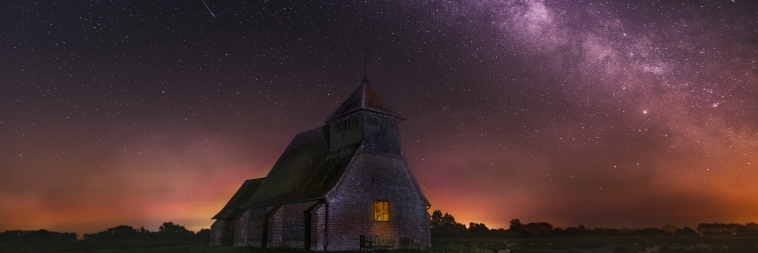
In this article, we’ll examine the captivating beauty and fascinating legends of the most well-known constellations in the UK night sky.
Ah, the British night sky. There’s no shortage of wonders to behold, whether it’s twinkling stars, solar system siblings, or even an occasional visit from the spectacular northern lights. And while it’s fair to say these lands aren’t exactly famous for their clear and dark skies, that doesn’t mean we don’t have our fair share of stunning constellations in the UK night sky. In fact, there are countless constellations visible, each with their own fascinating stories and mythology.
In this guide, we will take you on a journey through the stars, introducing you to some of the most well-known and beloved constellations that can be seen in the UK. But before we dive into specific constellations, let’s cover some basics about what exactly a constellation is.
What Is a Constellation?
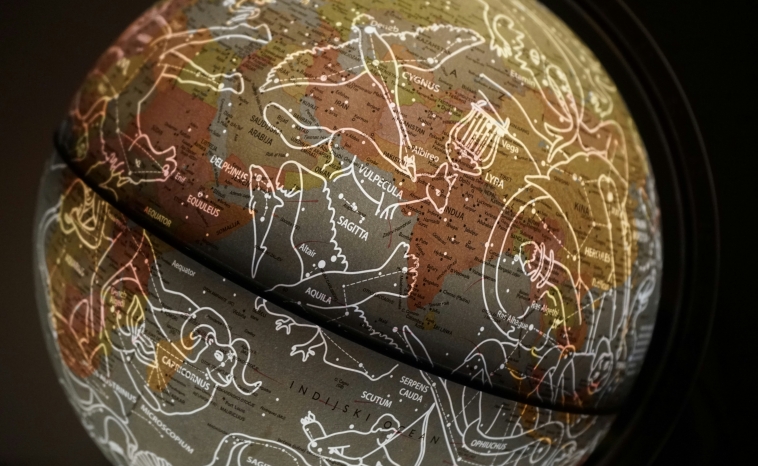
In the simplest terms, a constellation is a group of stars that, when linked together, create intricate patterns resembling various figures, animals, or objects. Throughout recorded history, countless civilisations have identified and named these celestial ensembles, each weaving them into their own fascinating myths and tales.
However, beyond their visual allure, constellations have also served as vital navigational aids for sailors, provided seasonal markers, and even played a role in early astronomical studies. Today, they continue to captivate humanity, serving as a source of inspiration and wonder.
Constellation vs Asterism
When researching constellations, you might also come across the term “asterism”. While they may sound similar, there is a key difference between the two. Constellations are officially recognised groups of stars, whereas an asterism simply refers to any observed pattern of stars in the night sky. An asterism may or may not make up a part of an official constellation, such as the Plough (or Big Dipper) in the sprawling Ursa Major constellation.
Constellations You Can See in the UK
Our night sky is a gallery of ancient art, where heroes, creatures, and legends are immortalised in sparkling light. From the majestic Orion hunting in the winter heavens to the summer’s lyre of Lyra resounding through starry fields, these constellations in the UK are waiting for seasoned stargazers and curious novices alike to discover them.
Orion, the Hunter
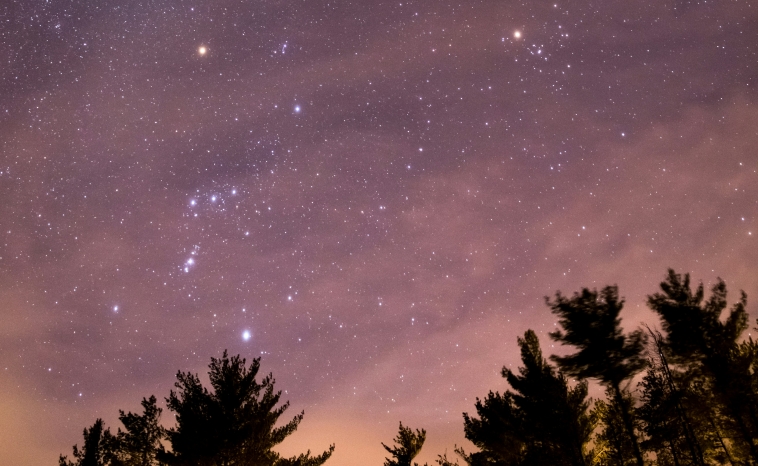
Perhaps the most celebrated constellation worldwide, Orion stands proudly in the winter sky. Named after the Greek mythological hunter, its distinctive belt of three stars makes it a cinch to spot. Rigel and Betelgeuse, two of the brightest stars in Orion, are blue supergiants – the former is 40,000 times brighter than our Sun! But the true beauty of Orion lies in its surrounding stars and nebulas, such as the M42, the Orion Nebula, a hotbed of star formation.
According to legend, Orion boasted he would kill every animal on Earth, leading to his placement among the stars. But his fate wasn’t entirely sealed, as another myth has Orion falling in love with the goddess Artemis and becoming her hunting companion.
In the UK, look for Orion striding along the southern horizon in winter, his belt pointing towards Sirius, the brightest star in the night sky. The constellation is best seen from late December to early April each year.
Lyra, the Harp
Lyra is a small but evocative constellation positioned between the stars of Cygnus and Hercules. Also known as the Lyre or Harp, this lovely array of stars is home to Vega, its brightest star. This bluish-white giant dominates the constellation and can be seen high in the sky during summer evenings.
Lyra is also home to the Ring Nebula, a planetary nebula that resembles a smoke ring floating in space. It was formed when a star shed its outer layers, leaving behind a glowing remnant of gas and dust.
In Greek mythology, Hermes gave a lyre to his half-brother Apollo. After being murdered by Apollo’s sons, Orpheus was granted a place in the heavens with his lyre, becoming a constellation. The mythological connection to music and creativity is fitting for this beautiful constellation.
To spot Lyra, look for the parallelogram shape formed by its four main stars. With a bit of imagination, you can see the strings of a harp connecting them. It’s best seen from May to August in the northern hemisphere.
Ursa Major, The Great Bear
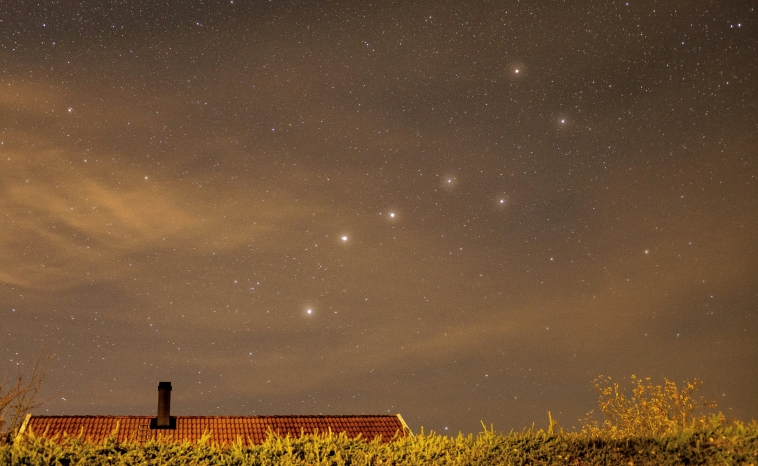
Ursa Major, or the Great Bear, is a beacon for all seasons in the northern sky. This constellation is steeped in mythology, with various stories explaining its presence in the heavens. One tale involves Zeus, who placed the nymph Callisto and her son Arcas in the sky as bears.
The sprawling Ursa Major is the largest of all official constellations, covering more than 3% of the night sky. It’s also home to the famous Big Dipper asterism, or the Plough, as it’s known in Britain. This group of seven stars forms the shape of a wagon and can be used as a handy guide to find other landmarks, such as the North Star.
Another interesting fact about Ursa Major is that it contains one of the most well-known binary star systems, Alcor and Mizar. These two stars take the name “The Horse and Rider” in many cultures, with the fainter Alcor being the horse. With a small telescope, you can separate the two stars and see that Mizar is itself a double star system.
To locate Ursa Major, look for the Big Dipper and use its handle as a pointer to the North Star. From there, you can trace out the rest of Ursa Major’s stars, including its tail, which forms a noticeable curve.
Cassiopeia, The Seated Queen
Cassiopeia, with its distinctive W or M shape (depending on the season), represents a queen tied to her throne as punishment for her vanity, according to Greek mythology. Interestingly, the stars in Cassiopeia’s W shape are known as “the Schedar Diamond” and are said to resemble a glittering diamond when viewed with binoculars.
Like Ursa Major, Cassiopeia also contains a famous binary star system, Segin (or Epsilon Cassiopeiae). It consists of two stars that orbit each other every 490 years, making it a fascinating sight for amateur astronomers.
This constellation is easily visible year-round in the UK, circling the North Star, Polaris. Gazing towards the northern sky, Cassiopeia can be found between the constellations of Cepheus and Andromeda. To spot it, look for its distinctive W (or M) shape, with one side pointing towards Polaris. It’s a great constellation to observe with binoculars or a small telescope, as it contains many star clusters and nebulae that would otherwise be hidden from view.
Cygnus, The Swan
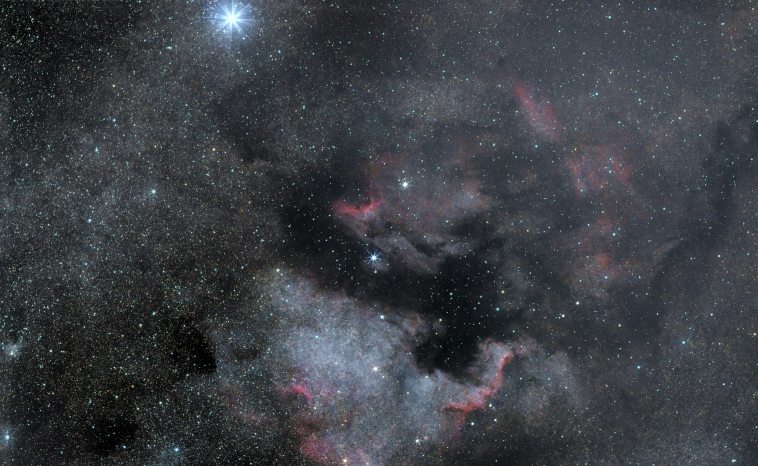
Soaring across the Milky Way, Cygnus depicts a swan in flight. Legend has it that this constellation represents Orpheus, who was transformed into a swan and placed next to his lyre (Lyra) in the sky. Cygnus is also famous for its most radiant star, Deneb, which marks the swan’s tail and is one of the brightest stars in the night sky.
Cygnus can be seen in the northern hemisphere from late summer to early winter. It’s a prominent constellation with easily recognisable features, such as its wingspan stretching between two bright stars, Albireo and Sadr. It also contains several interesting deep-sky objects, including the North America Nebula, which resembles the shape of its namesake continent.
Cygnus is best seen in summer and autumn. On clear nights, look directly up to see this majestic bird flying along the river of stars. You may even be lucky enough to spot a meteor shower associated with this constellation, such as the August Perseids.
Tips for Stargazing and Spotting Constellations in the UK
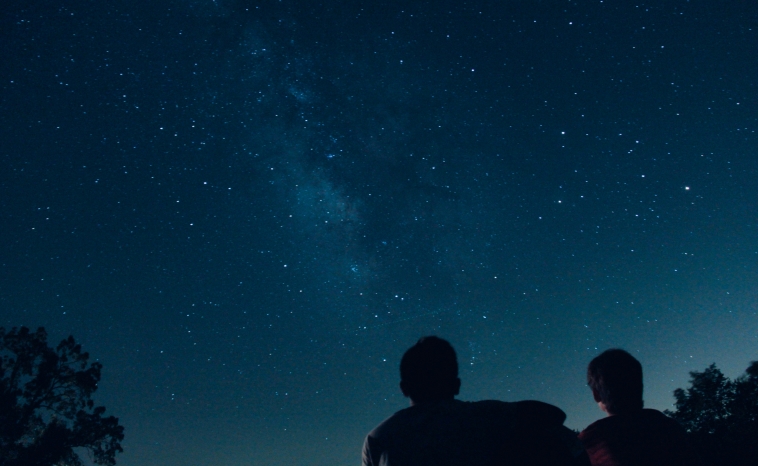
Searching for constellations in the UK can be a rewarding experience, especially if you keep a few tips in mind:
- Find a dark spot: Light pollution can obscure the fainter stars. Seek out darker areas for the best views.
- Let your eyes adjust: Give your eyes about 20 minutes to adapt to the dark for optimal stargazing.
- Dress warmly: Nights can get chilly, even in summer! A warm flask of tea can make the experience all the more enjoyable.
- Use a star map or app: Tools like OSR’s Star Finder App can help you identify constellations and stars.
Wrapping Up Our Night Sky Adventure
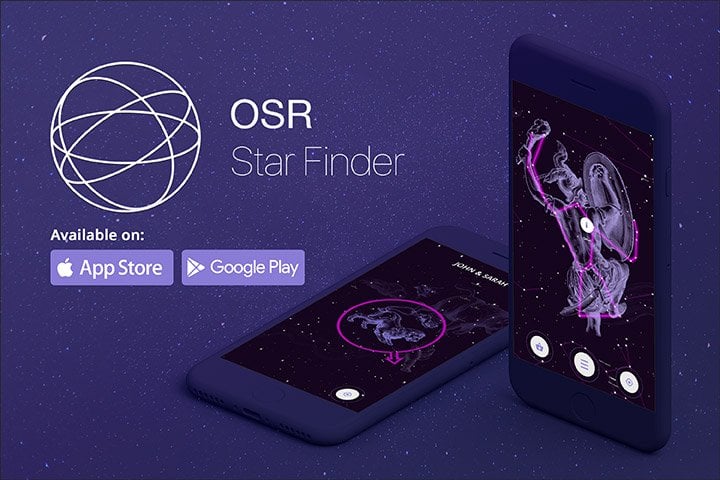
The night sky above the UK is a canvas rich with stories, waiting for you to discover them. Whether you’re tracing Orion’s heroic deeds or following Ursa Major’s path through the seasons, each constellation tells a part of our shared human story.
Ready to explore the constellations in more detail? Download OSR’s Star Finder App today and unlock the secrets of the stars from your own backyard!

